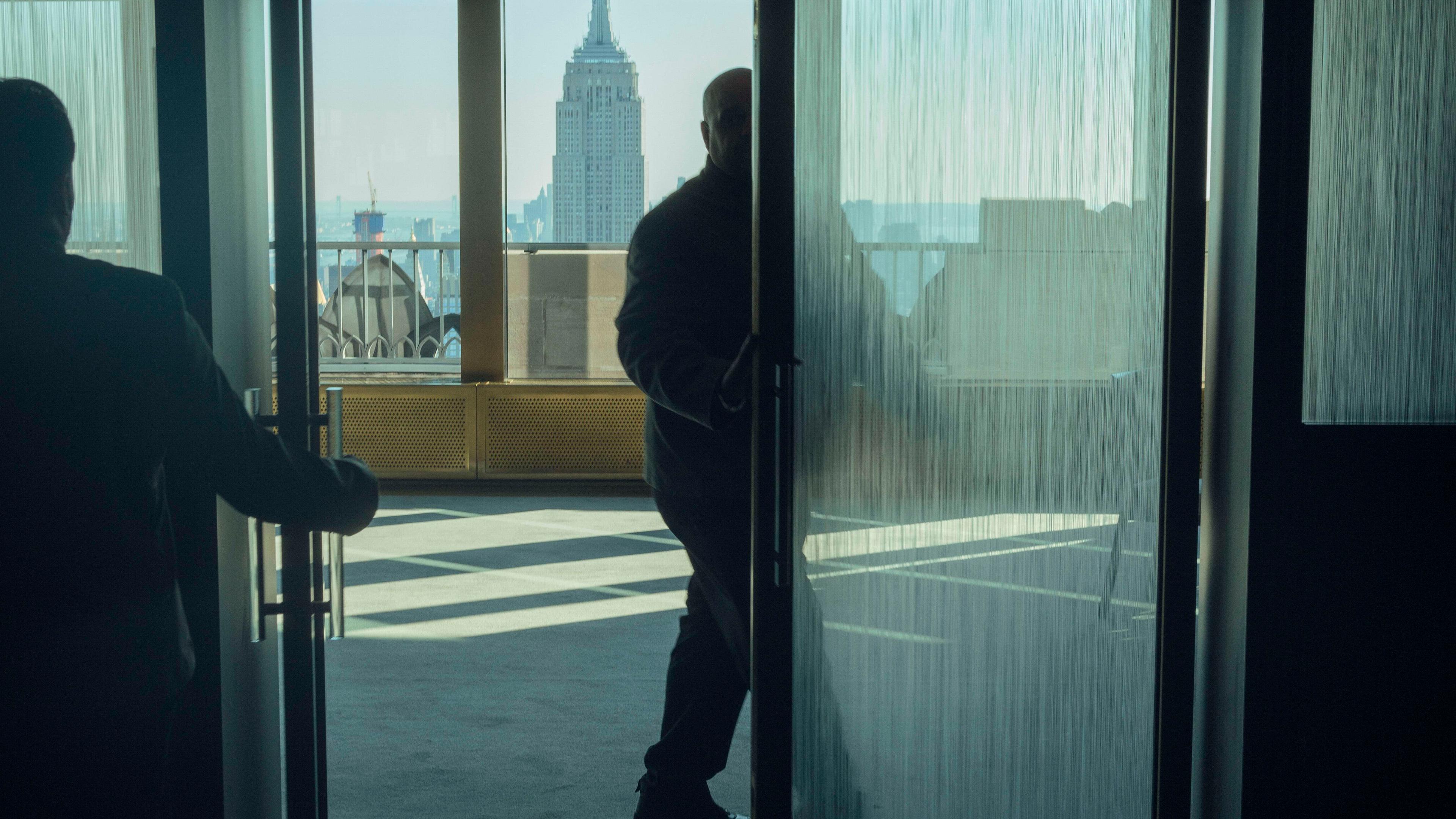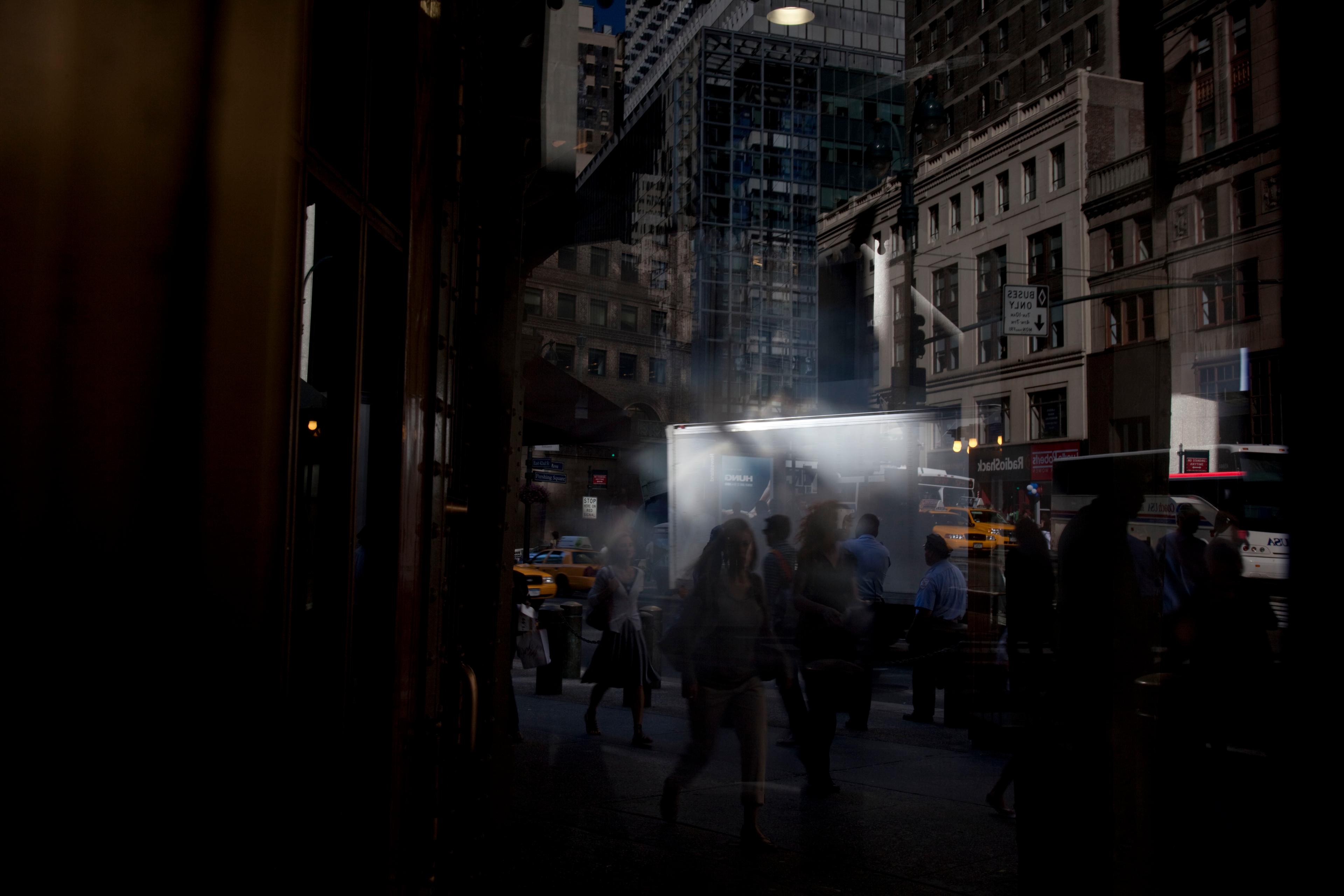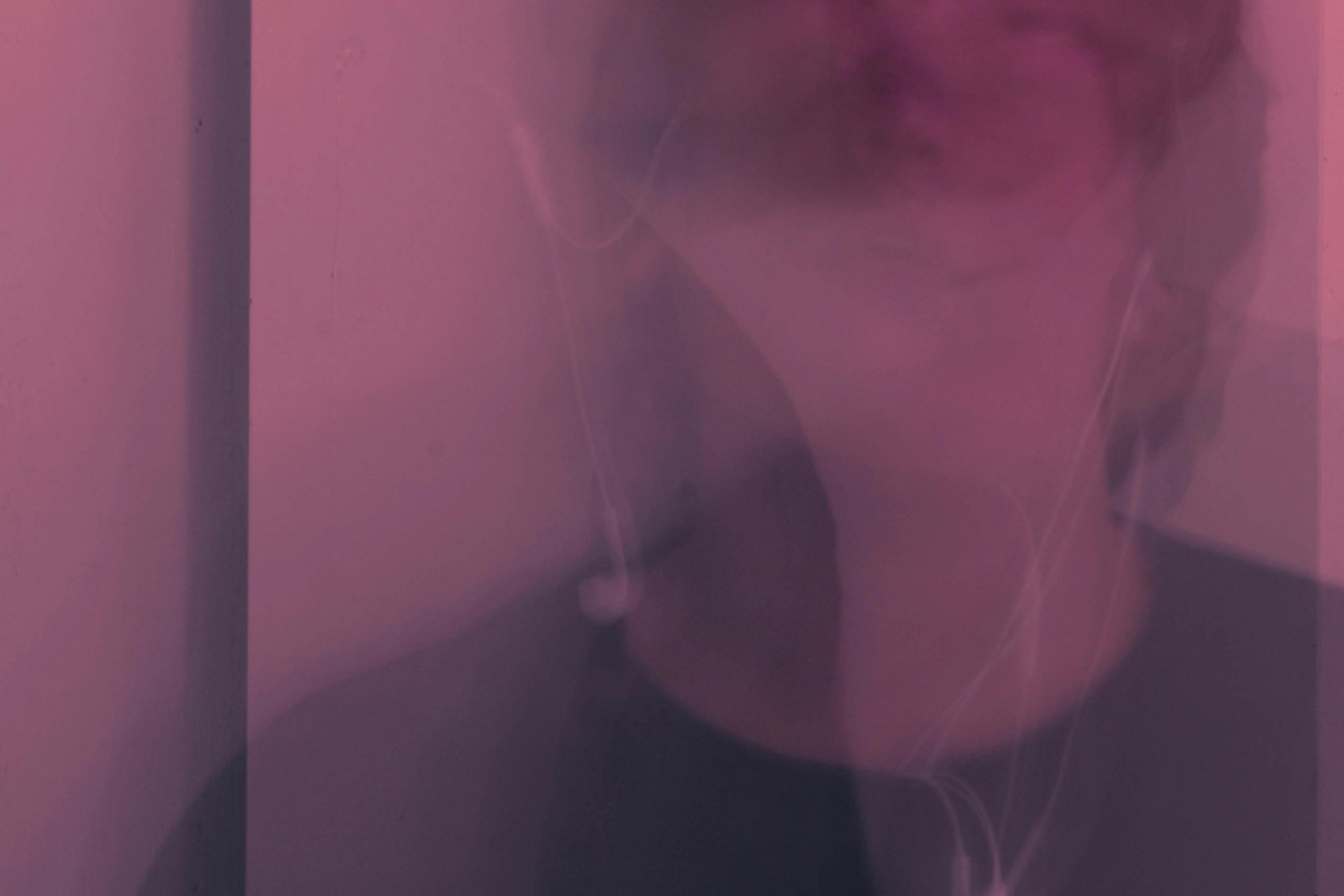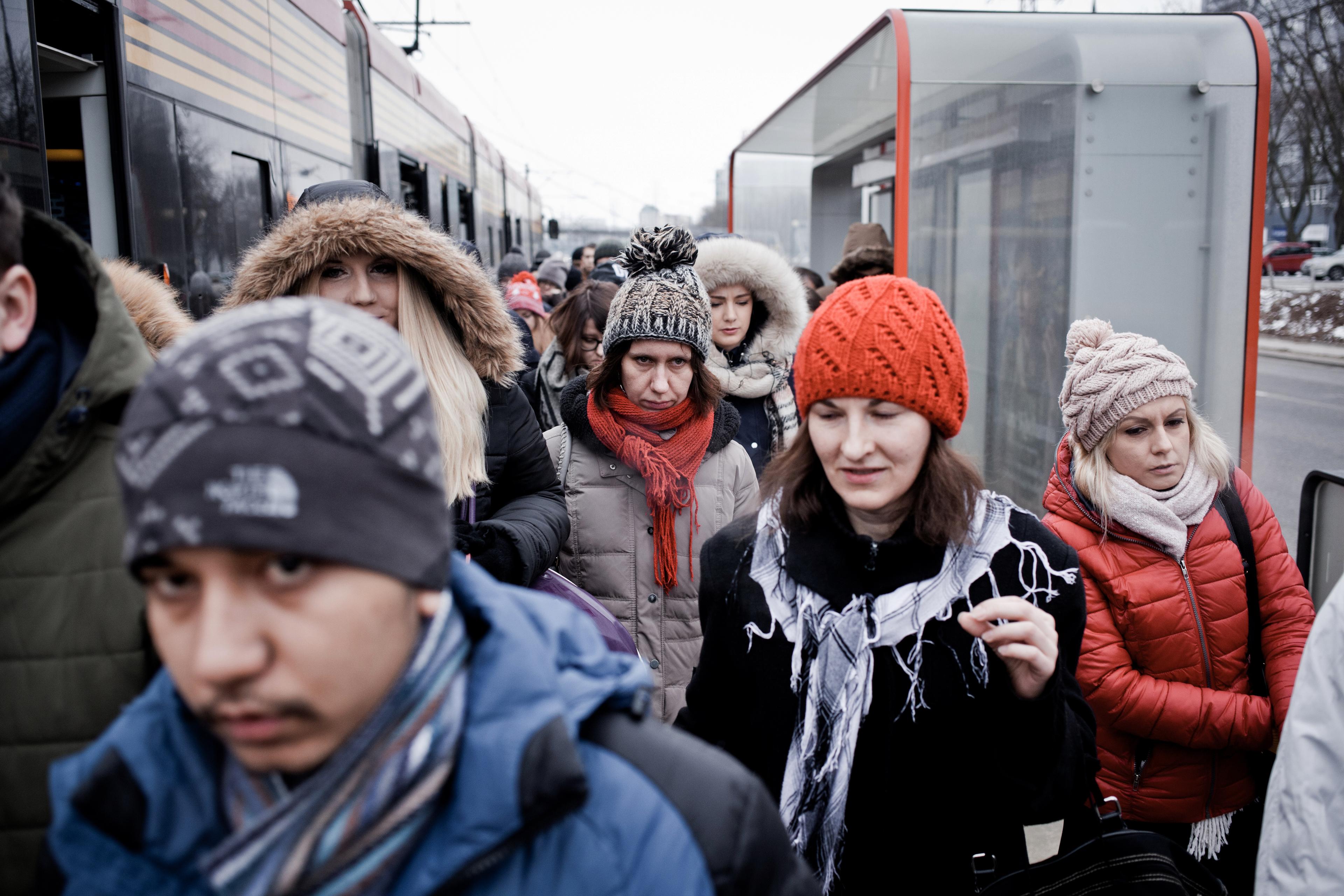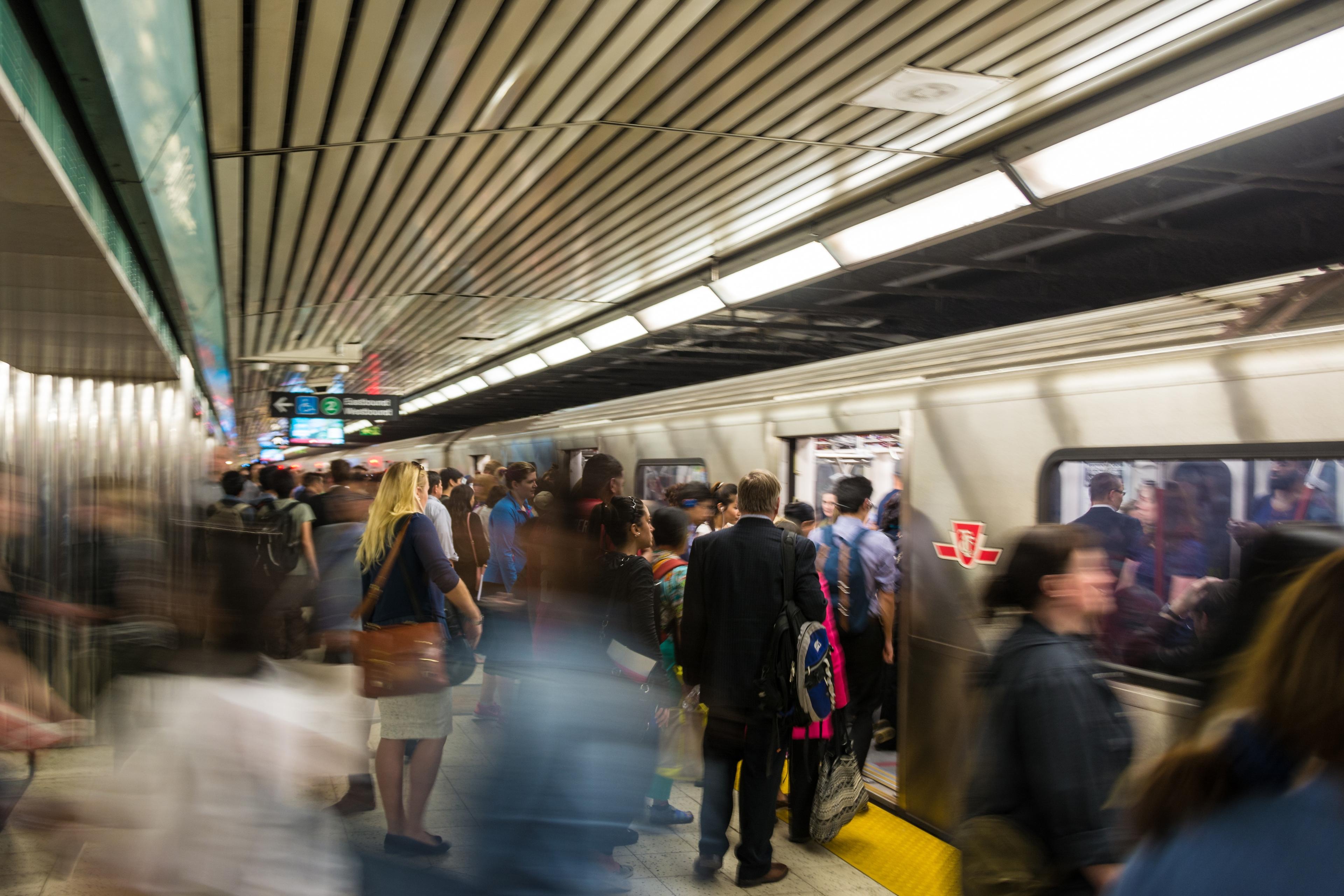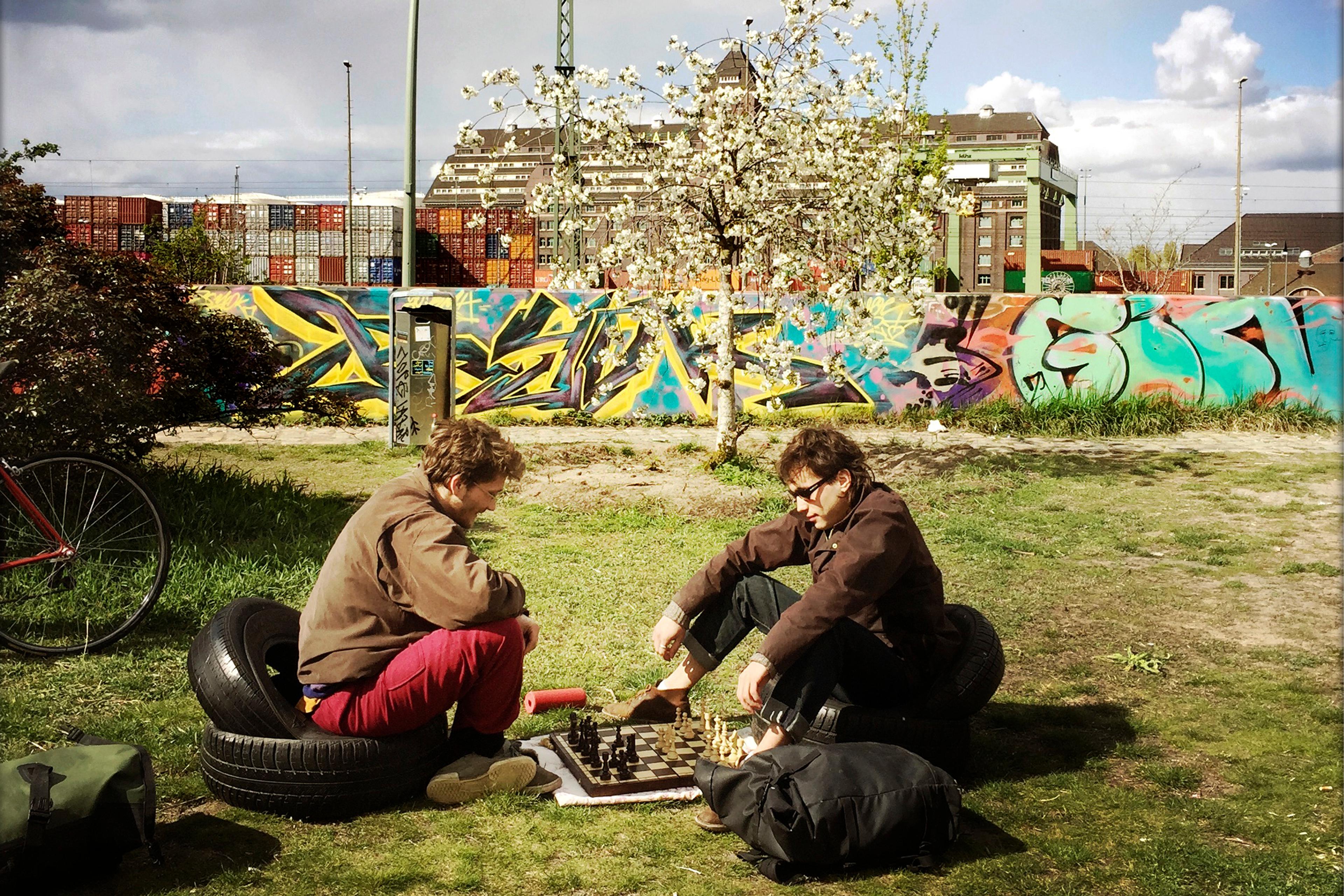While walking near my house a few months ago, I heard a car pull into a driveway behind me. The driver stuck his head out the window and, sounding concerned, asked: ‘Are you OK?’ This seemed to me a strange question to ask an adult who was simply walking down the street. But you might think otherwise when you learn that I was using a white cane.
I have been completely blind for several years. After a series of eye surgeries and the development of glaucoma, I started to lose my vision in early 2017. I stopped driving later that year. The last time I saw my face was February 2019. By the end of that year, I could see nothing but some colour and a few specks of light. And I soon lost even that.
I lived near a centre that taught the skills needed to live independently as a blind person. And I’d already had a long career as a college professor. All I needed, I thought, was to learn the technology and skills that would allow me to function in everyday life.
But acclimating to blindness required more than learning how to live independently again. For six decades, I had developed a deep interconnectedness with the world as a sighted person. Blindness shredded those connections and my place in that world. Especially disruptive were the sudden and striking changes in my interactions with others. Strangers often seemed anxious around me. Even people I had known for years sometimes avoided me. Other blind people told me of family members who were embarrassed by their blindness.
The transformation of my social interactions triggered profound changes in how I related to others and how I viewed myself. I often felt as if I had been plopped down into an alien world. Blindness was, and sometimes still is, an uncanny experience. But it is also an invaluable teacher. Losing something as central to human experience as vision has taught me much about myself.
‘Of all the ills and imperfections of humankind, blindness is the most universally dreaded,’ Frances Koestler wrote in The Unseen Minority: A Social History of Blindness in the United States (1976). More recently, almost half of the respondents to a major survey believed that vision loss would have a greater effect on their day-to-day life than the loss of ‘hearing, memory, speech, or a limb’. Blindness, they believed, would lead to dependence on others and a markedly reduced quality of life.
Such fears surely fuel people’s reactions to me. My blindness is the first thing that others notice when they meet me, and they soon begin asking questions about it: ‘How did you go blind?’ ‘Who takes care of you?’ Some even express a heartfelt sympathy for my plight: ‘I am so sorry this happened to you.’
Their reactions betray deeply felt negative attitudes about vision loss. And it was these reactions, coupled with the challenges I faced as a newly blind person, that changed how I viewed myself. Before I lost my sight, I believed that I could do almost anything I set my mind to. But afterwards, I questioned my ability to tackle the challenges of blindness. It was at this point that I focused my efforts on developing a positive identity as a ‘blind person’.
The first step in developing a positive disability identity was to understand that blindness is not, by itself, a disability. Rather, disability emerges from the disabling effects of the shared communal environment created by society (eg, the actions and policies of governmental agencies or educational institutions). This environment disables blind people in many ways, from websites that cannot be navigated without vision, to the lack of accessible public transportation. For me, changes in my social world were central to elevating blindness into a disability. Two factors have been especially important:
- Sighted people often express attitudes and behave in ways that are consistent with negative stereotypes about blindness.
- In face-to-face interactions, sighted people often communicate with visual, nonverbal cues that cannot be perceived by people who are blind.
To start to appreciate the first of these factors, imagine that you have just settled into the passenger seat of a car, and you notice the driver reaching over to buckle your seatbelt for you. How would you feel? You’d probably feel confused and, perhaps, annoyed because the driver was treating you as if you were a child.
I have similar experiences with unwanted help virtually every time I am with sighted people. For example, earlier this year, I had food delivered to my house. I was standing in my driveway when the delivery person handed me the food. I turned to walk back to my door and quickly realised that I had not turned far enough. Suddenly, I felt a hand on each shoulder. The delivery person, without asking, began pushing me towards the door. Of course, I needed no help; I had done this hundreds of times before.
Two stereotypes motivate the unneeded help often provided by sighted people: blindness is equated with incompetence and with helplessness, as if people who are blind are children who cannot get by on their own. These negative attitudes underlie biased behaviour, of which people can be conscious or unconscious.
In some cases, the bias arises from ignorance and a failure of imagination. People assume that, if they use vision to do something, it is not possible to do it in other ways. For example, late last year, I enrolled in an online course for medical communicators that taught how to format documents for publication. The course consisted of videos that contained some PowerPoint slides. I asked the instructor if the slides were available for download so that I could read them with my screen reader. She answered ‘no’, and added: ‘Blind people can’t do this work anyways.’ But I knew of several blind and visually impaired medical communicators who were successfully performing similar work. Given negative attitudes such as this instructor’s, it should come as no surprise that people who are blind are employed at rates much lower than people with sight.
Some forms of biased behaviour are more difficult to recognise as such because they appear to be kind or helpful. For example, when people learn that I cook my meals and clean my house, they sometimes tell me: ‘You are so inspiring!’ Although this response is intended to be a gracious one, it is likely informed by the belief that most people who are blind are incapable of performing everyday activities. Again, these negative attitudes create obstacles for those seeking employment or an education.
I try to educate others about the effectiveness of training people who are blind to successfully perform everyday activities. My efforts have met with mixed success. Even when I show someone a meal I’ve prepared, for example, they may remain unconvinced that I can perform other simple tasks, such as washing the floor. Negative stereotypes about the incompetence and helplessness of those of us who are blind seem to be deeply ingrained in many people.
Some research, however, indicates that significant change in the attitudes of sighted people can occur when they work closely and cooperatively with blind people to complete a complex project. This result suggests that, as more blind people are given access to educational programmes and enter the professional workforce, negative attitudes about blindness could decrease.
As ‘social animals’, we humans must constantly adjust our behaviour to the ever-changing behaviour of others. We adapt through perspective-taking: we try to see the world through others’ eyes, so to speak. Perspective-taking allows us to infer the intentions, beliefs and emotions of others. We make these inferences partly by listening to what others say and also how they say it. In short, we attend to their verbal utterances as well as the nonverbal cues that clarify and enhance their meaning.
Yet face-to-face interactions are often dominated by visual nonverbal cues. For example, when seeing me, sighted friends sometimes smile and wave reflexively, even though I cannot see their facial expressions or hand gestures. Because these visual cues are well-learned habits, they can occur automatically, without thought. Some time ago, a coworker greeted me at a meeting with an outstretched hand. I found out later that he was offended when I did not shake it, though, of course, I could not see it.
Aside from greetings, nonverbal cues help to regulate turn-taking and other aspects of face-to-face conversations. These cues include changes in eye gaze, hand gestures, facial expressions, head movements, and speech pitch and tempo. Many of these cues are visual. Recently, I attended my daughter’s wedding. The reception dinner was noisy and the table I sat at had several conversations going on at the same time. This situation made the use of auditory nonverbal cues virtually impossible. I occasionally tried to enter a conversation, but without much success.
When I converse with other blind people, the inability to see visual nonverbal cues presents no difficulties because we know to use auditory cues. We might, for example, say ‘I have my hand out’ when we want to shake hands. Thus, when speaking with sighted people, I try to encourage them to use more auditory cues. If I am unsure that someone was addressing me, I may ask: ‘Were you talking to me?’ This strategy can sometimes make a conversation feel awkward, which might put an end to it. But sighted people with sufficient empathy and motivation will realise that they need to use more auditory cues.
Some of the changes in my social world that triggered a psychological upheaval seem analogous to the adolescent ‘identity crisis’, first described by Erik Erikson in the 1960s. My own crisis prompted me to focus my efforts on developing a positive disability identity. I was helped in this process by getting to know other blind people who were successful in their personal and professional lives. My observations of these people helped me to realise that our collective social environment disables blind people when it fails to provide accommodations that allow us to participate fully in everyday life.
My disability identity includes the view that blindness is an ‘enability’ – it is a condition that, in many ways, enables me. Blindness has enabled me to explore new ways of being human. It opened a new world that I would never have known if I had retained my vision. My world now includes many new people who have taught me much about living with blindness. The help I received from these new relationships made me realise how important it is for people with disabilities to help each other, which led me to become involved with others who advocate for people with disabilities. I also am exploring new areas of learning that focus on disability advocacy. For instance, I have been learning how to create accessible online environments and have begun to teach others how to do this.
I wish to continue my career as an adult educator in the behavioural and biological sciences. I have been moving into the field of freelance science and health writing and also publishing articles focused on disability advocacy, such as this one.
With every passing day, my disability identity grows stronger and I feel increasingly able to tackle the challenges of blindness, including the social ones. I wear my blind identity proudly.
